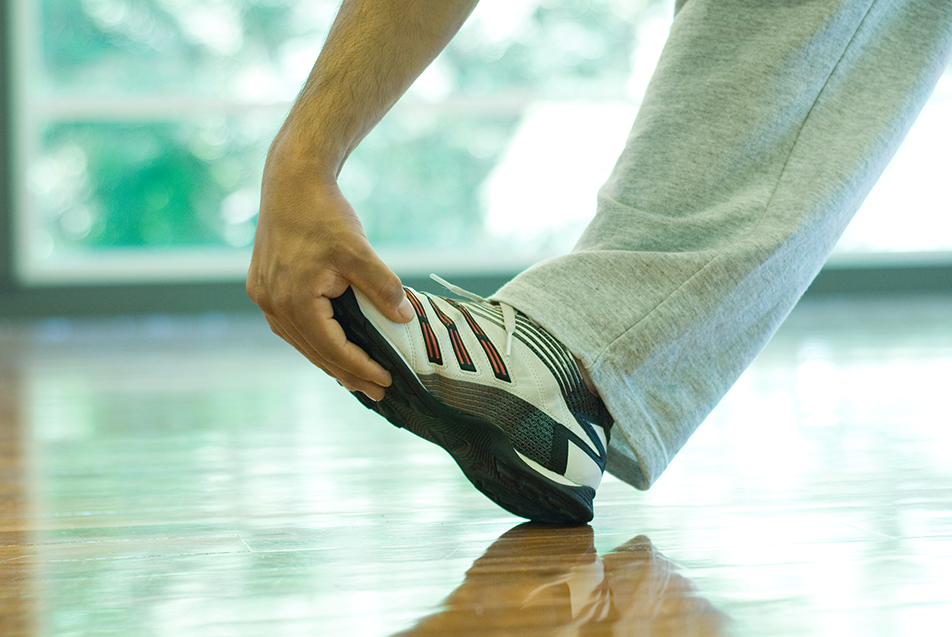Heal pain in general is a common problem, typically attributed to nerve entrapment, arthritis or heal fractures. But plantar fasciitis is the most common diagnosis. Here, Ashley Bojrab, DPM, PPG – Podiatry, explains the condition.
What is plantar fasciitis?
Plantar fasciitis has to do with the structure of the foot. We see it quite often in individuals with flat feet or high arches. Often, these patients are athletic as well. The condition is typically due to tight muscles or the structure of the foot and presents as pain first thing in the morning when you step out of bed. The symptoms typically lessen in severity as the day goes on.
Prevention
Just like with the rest of the body, it’s important to stay loose and limber in your feet by practicing strength exercises and stretching. You can do wall lunges, trace the ABCs in the air with your foot, or take a towel and place it around the arch of the foot and pull the foot toward you. A tight Achilles tendon typically causes the heel pain, so focusing on that area can help.
Shoe gear is also important. You want a stiff, supportive style, and should be replacing your shoes with every 400-500 miles of wear.

Treatment
We typically begin with conservative treatment, often involving stretches 4-5 times a day, a stiff soled shoe, a good insert in the shoe, and possibly an orthotic. The orthotic basically supports the foot. You want the foot on a tripod-like structure. With a flat foot or high arch, the foot starts to collapse. The tripod structure supports the body weight. Deep tissue massage and icing the area can also be beneficial, as can medications such as ibuprofen.
A more aggressive approach might include injections (steroids), splinting or physical therapy. Surgery is rare, and a last resort. A surgical approach would be an attempt to stretch out the ligament.
Studies show that heel pain often resolves within 16-18 months on its own. Any treatment would just help resolve the discomfort a little quicker.
Activity
Athletes and runners don’t have to stop participating in physical activity because of plantar fasciitis. You might have to modify your routine if, for example, running is causing the condition to flare up. Let pain be your guide and modify accordingly. There are plenty of great low impact options to keep you healthy and moving.



